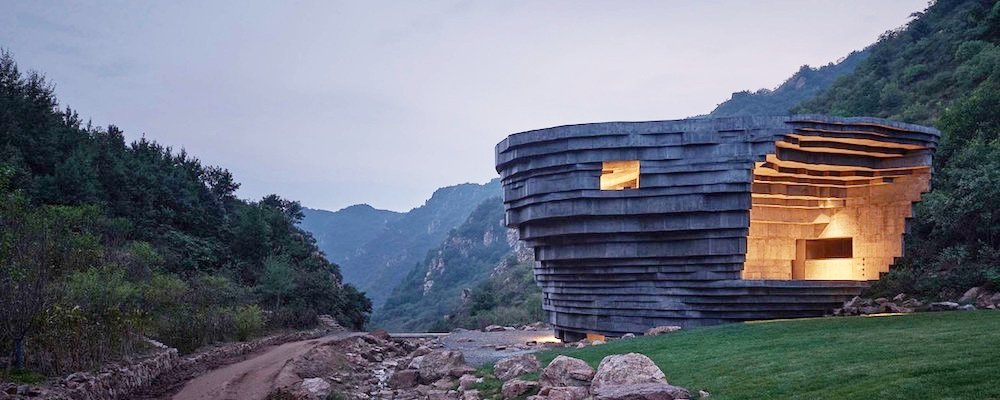The spirit of traditions in a contemporary space
In Xiamen, China, Norm Architects created BASAO Tea Lounge that enables all senses and feeding the soul beyond tea aromas. The spirit of traditions in a contemporary space offers an authentic and mindful experience.
Entering the new BASAO Tea Lounge, one senses an instant change in pace, when the bustling cityscape is replaced by a calming acoustic. As natural light filters through from the outside and highlights the subtle colours and rich textures of the carefully selected materials, the space feels warm and welcoming.
Just like the many scents of tea are vibrant and natural, so are the materials that make up the store, and combined with a subtle storytelling as well as a curated architectural framing, the space feels rooted in its local surroundings.
Merging not only tradition and contemporaneity, but also retail, café and rituals of ancient tea ceremonies, the store encapsulates the entire encounter and experience of BASAO tea – honouring quality of life in the simple things, pure and meaningful daily amenities.
Taking inspiration from the writings of Baisao, a Japanese monk of the Ōbaku School of Zen Buddhism, who became famous for traveling around Kyoto selling tea – and from whom BASAO took their name – Norm Architects have created a multifunctional tea store in the streets of Xiamen. With room for quiet contemplation, the space is a clear antidote to the fast paced on-the-go culture, instead immersing its visitors in the calming sounds of tea being prepared, poured, and enjoyed.
“Having learned the ways of silence
within the noise of urban life
I take life as it comes to me
and everywhere I am is true.”
To Peter Eland, Architect MAA & Partner at Norm Architects: “The experience at the tea counter enables all senses; the touch of the countertop, the heat of the cup, the sound when the ceramic vessel meets the surface, the smell of the tea being poured, the many flavours and the warming, relaxing feel after drinking it. In a relaxed and friendly tone, the tea staff guides decisions and gives recommendations and tells stories from the tea mountains.”
Carefully considering the sense of touch, the experience of the space becomes an interplay of textures and temperatures in combination with contrasting polished and raw surfaces. The differing textures play an important role in highlighting distinctive features, as the contrast between rough and solid or soft and hard becomes even more noticeable, than if one of them were void.
Sensing the purity of tea and its close relationship to nature is best portrayed using natural materials. The inherent colours and tactual sensation found in the chosen terracotta tiles, Chinese stone, oak wood, metals, and fabrics are both highlighted and toned down when combined with each other and bring an authenticity to the space that is unmatched by artificial materials and paints.
Curated shelves and podiums display beautiful cups and canisters alongside all kinds of tea, while handmade objects are displayed with a note about the making and use – illuminated to bring out texture and colour, inviting visitors to touch and explore. When interpreting key elements of tea culture and local features into contemporary variations, the setting is free to take unlimited forms while remaining relevant and recognisable.
In order to achieve altered levels of privacy, moments of surprise when exploring the space and a clear definition of functions, the space is not only layered through the use of light, but just as much with various architectural elements and materials, creating different settings for different occasions: Customers can therefore slip into an inbuilt sofa, gently cushioned or choose a reclined chair with armrests to lean back and read a book; engage and study the knowing staff and be part of the everyday tea ceremonies at the grandiose stone counter.
“When illuminating natural materials, daylight provides a strong connection to nature, and makes us aware of the unique characteristics of an object or surface. Shadows are equally important, as the sweeping journey of the sun will highlight and shade different elements of the space throughout the day, creating a stimulating environment.” – Sofie Thorning, Architect MAA & Partner at Norm Architects.
The use of local and natural materials turns every store into its own, as they are intriguingly unpredictable and will always result in unique tonal palettes. Combined with a subtle storytelling of local features, a BASAO store will always be local, even when global.
Photography: Jonathan Leijonhufvud


























